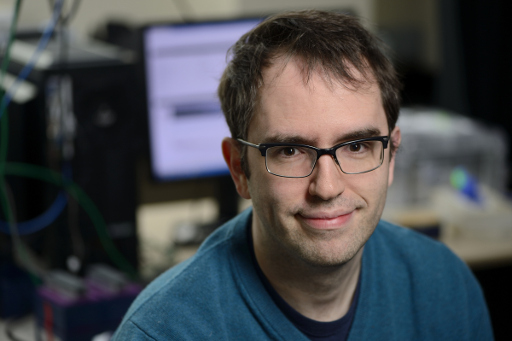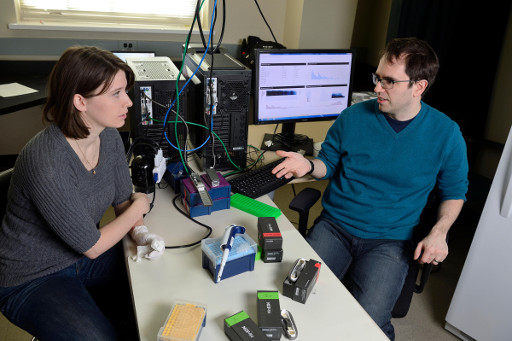Winston Timp, an assistant professor of biomedical engineering, supervised research on new computational software that determines if a human DNA sample includes an epigenetic add-on linked to cancer and other health conditions.
Timp, along with research technologist Rachael Workman, and team members from the Ontario Institute for Cancer Research, and the University of Toronto provided details on this new method in the Feb. 20 issue of the journal Nature Methods. This technique detects the presence of an extra mark on DNA called cytosine methylation.
Cytosine is one of the four main genetic building blocks, or nucleotides, that make up DNA. Methylation simply refers to the presence of a biochemical (methyl) group attached to a nucleotide, in this case cytosine. This altered version of C can affect the way important genes are switched on or off. Such genetic miscues can play havoc with healthy activity within cells.


